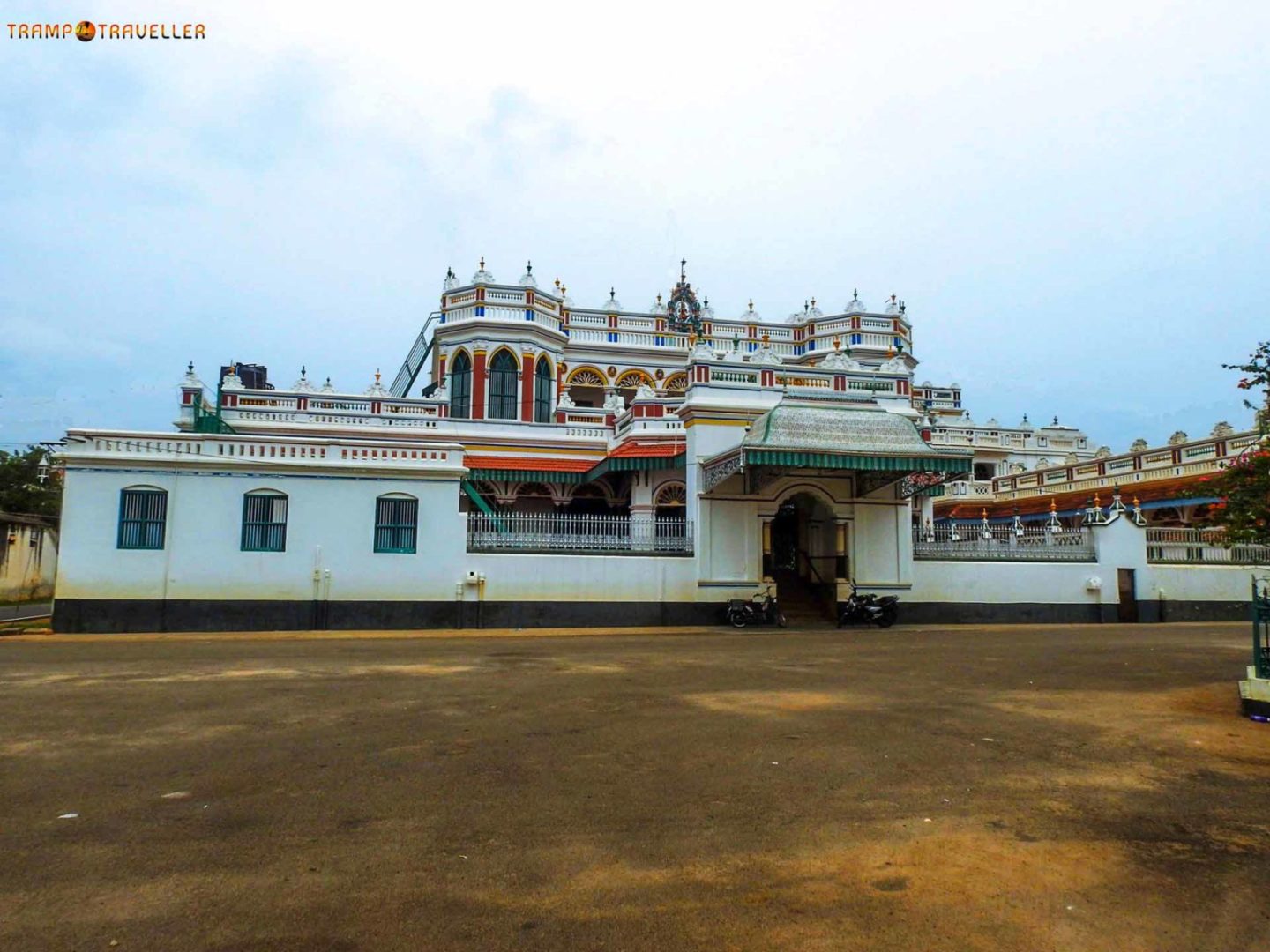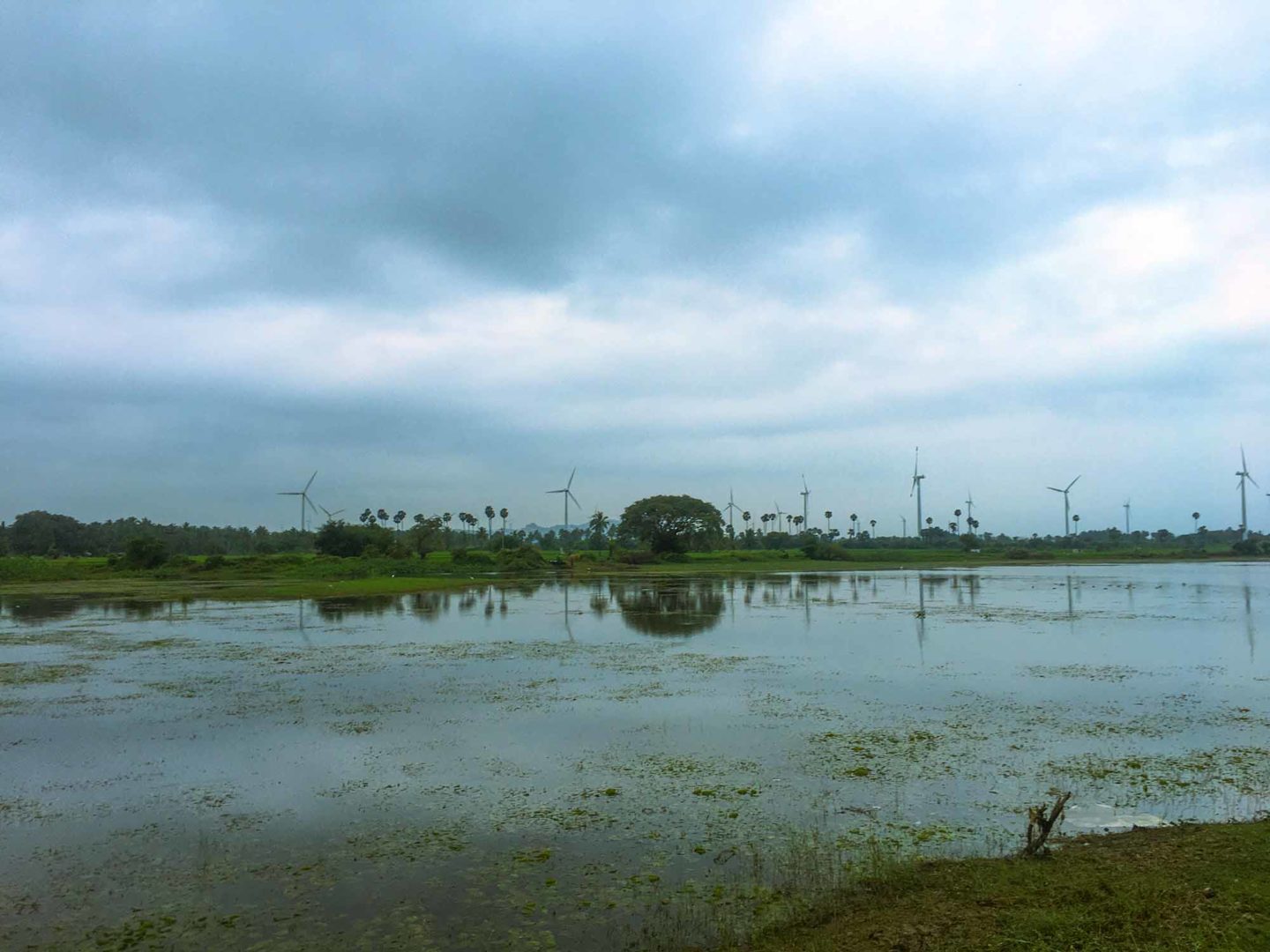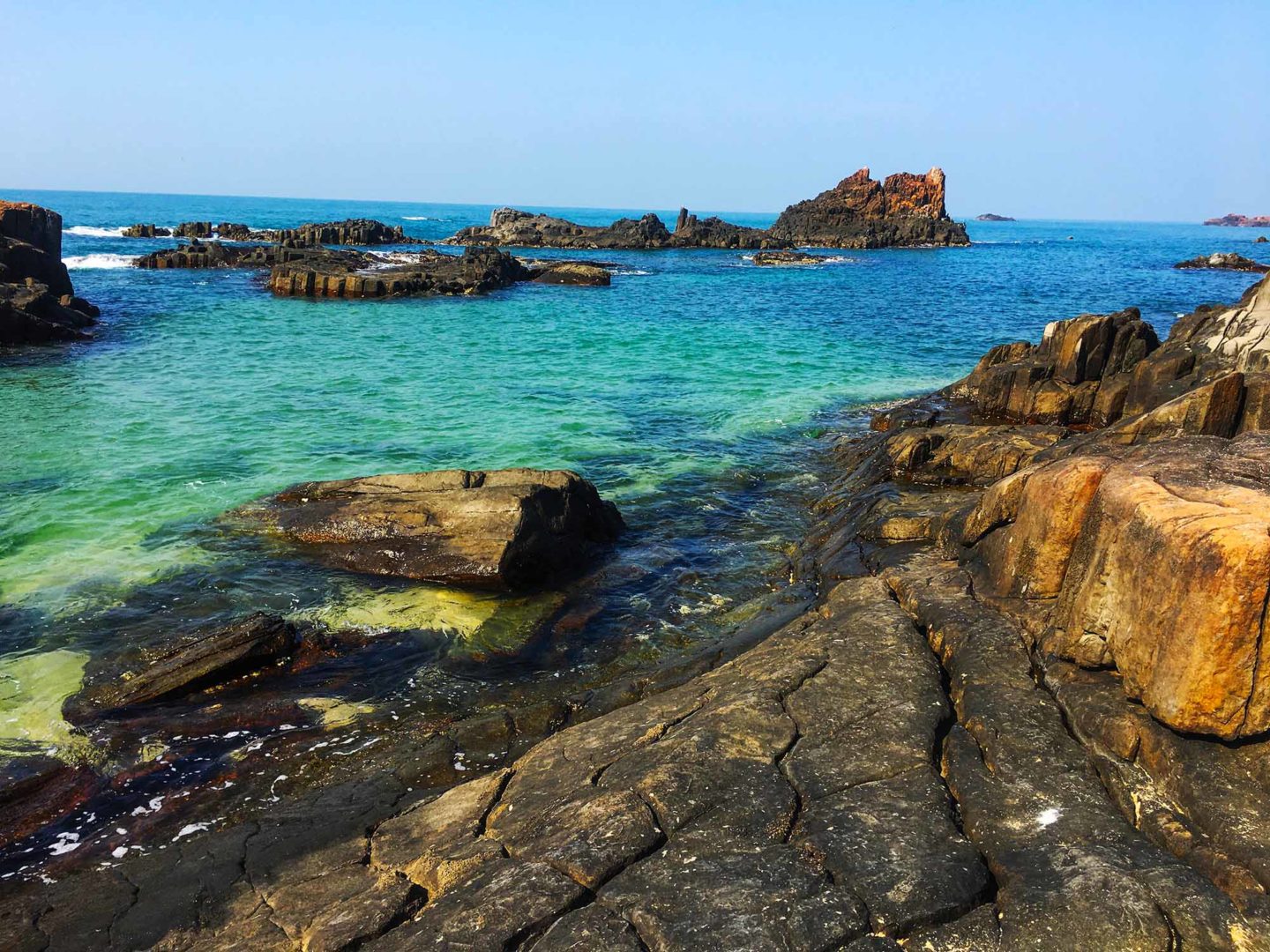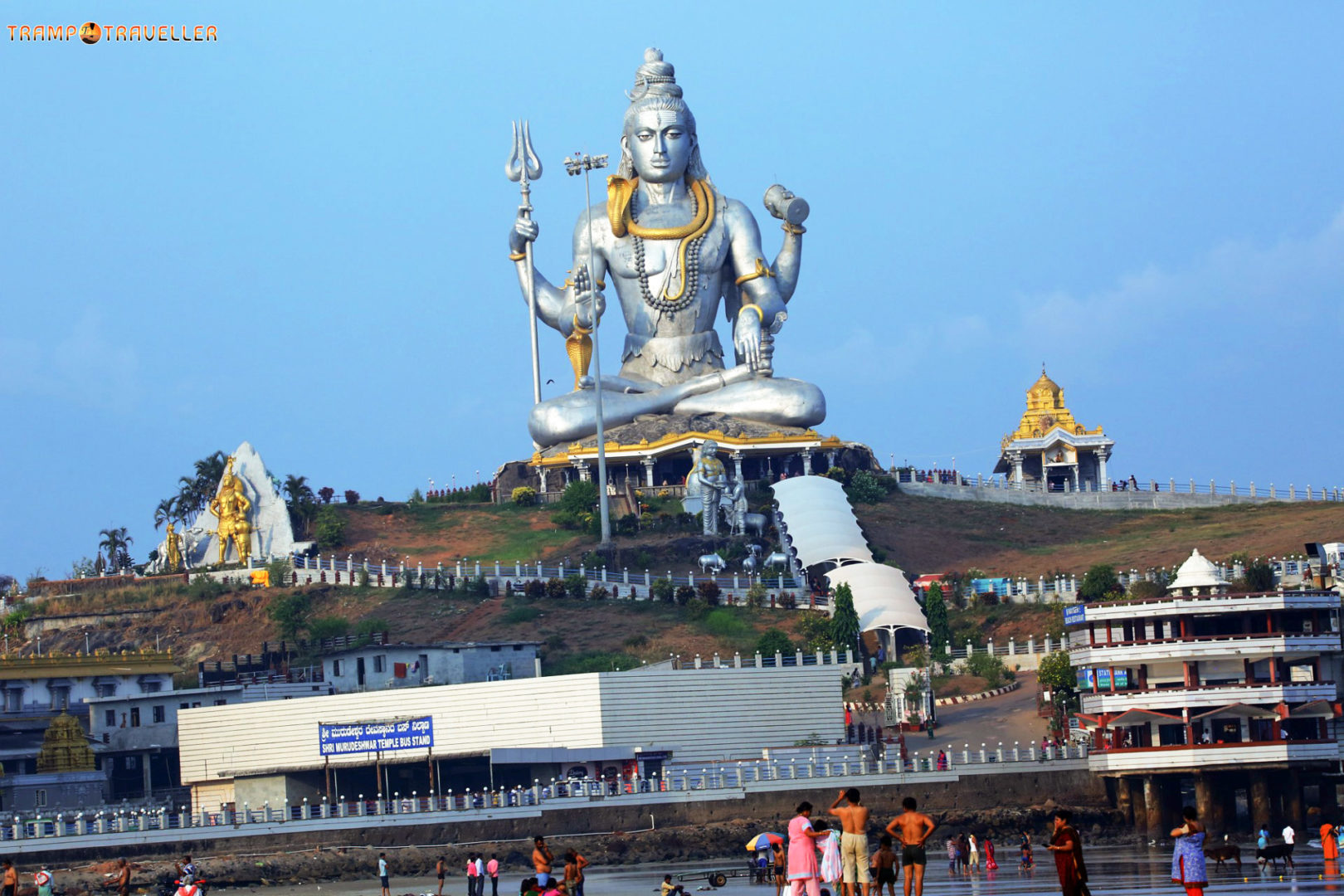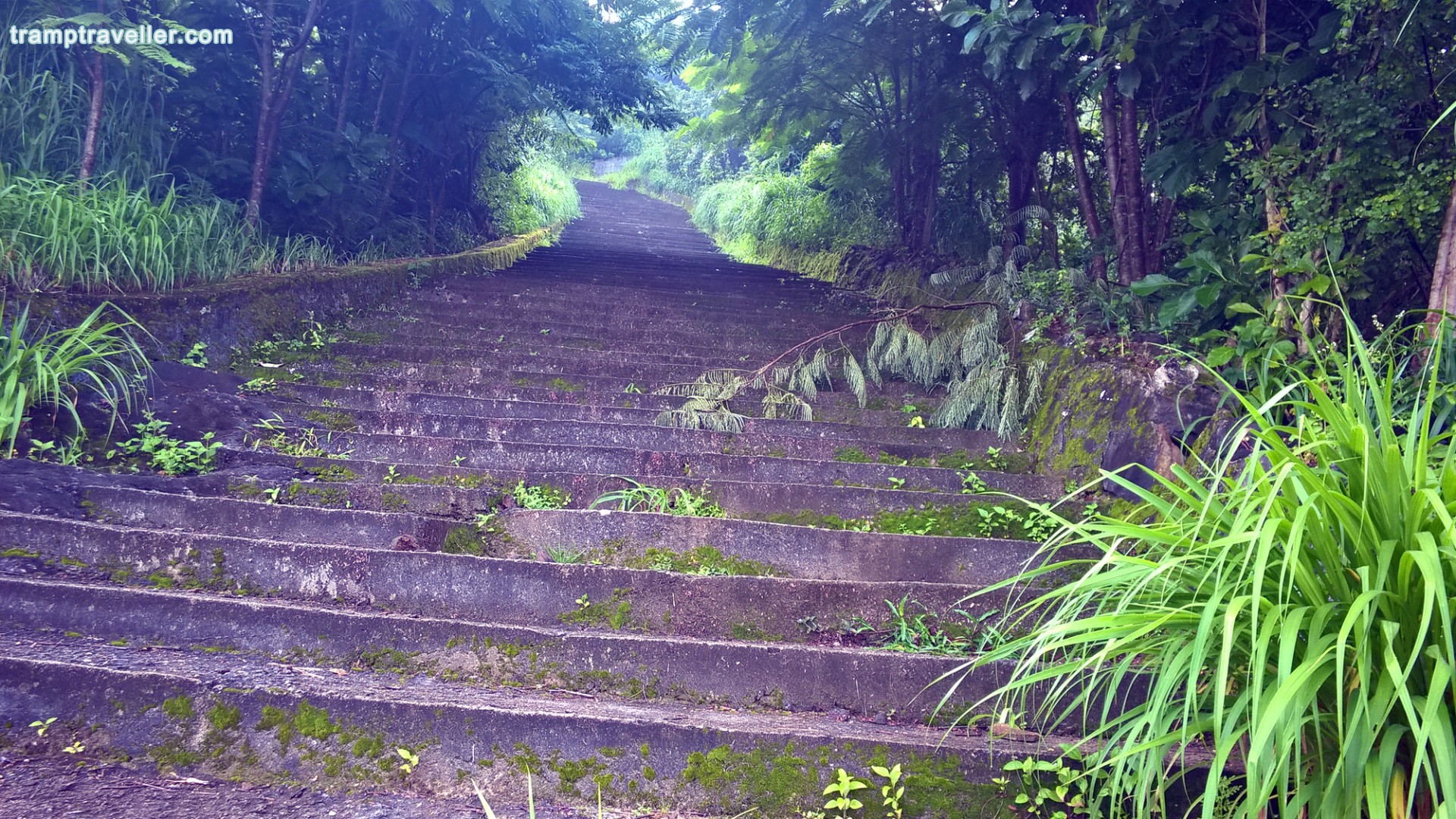Aayiram Kovil Edam – Kanchipuram Part 1
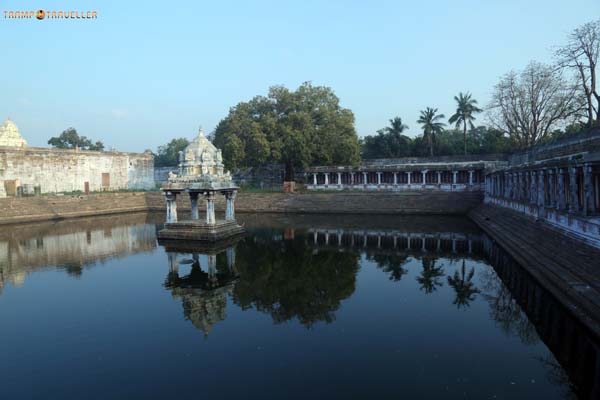
Life is like that; sometimes, it gives us what we want; sometimes, we do not get what we want; and sometimes, we get what we want, but with great delay. Travelling is also like that. The places we want to visit drift away and the unexpected shows up. I went to Chennai recently for some other purpose. This was my third visit to Chennai, but I have not seen any places in Chennai; after getting my job done, I used to be in a hurry to get back home. This time, one full morning, I was free. So, I decided to go for sightseeing. I woke up early in the morning, got dressed, and when I came down, I saw Muthuswamy, the driver whom I met the previous day.
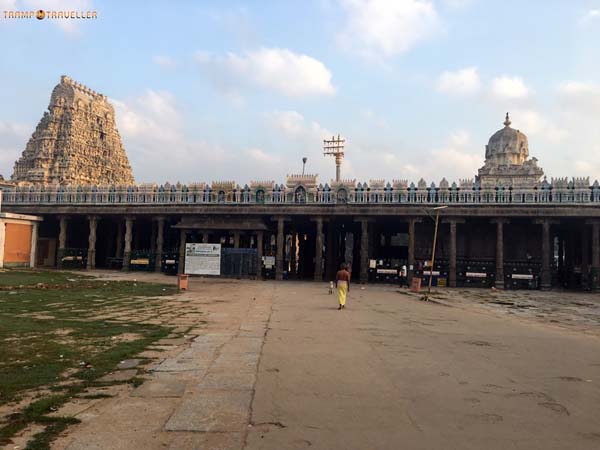
While talking to him, I told him what I was going to do. Then, he told me that places in Chennai can be visited later, but Kanchipuram is the place that I should be visiting first because that is a very important place. My heart missed a beat when I heard the word ‘Kanchipuram.’ This was a place which I had always wanted to visit, but never got a chance. I knew that Kanchipuram is not a place that can be explored in a single day. He had an answer for that too, he said we will visit the important places at the moment and leave the rest for later visit.
I talked to him for some more time. All the while, he talked about Kanchipuram and seemed to have totally forgotten about Chennai. I knew that he was forcing me to visit Kanchipuram because it was profitable for him, but at last, I came to a decision to visit Kanchipuram instead of Chennai. We started on our one-day visit to Kanchipuram. The distance from Chennai to Kanchipuram is 72 km, so it would take at least one-and-a-half hours. On the way, we made a plan about the places to visit. We agreed on visiting one or two major temples, Kanchi Kudil, and if possible, one weaving factory.
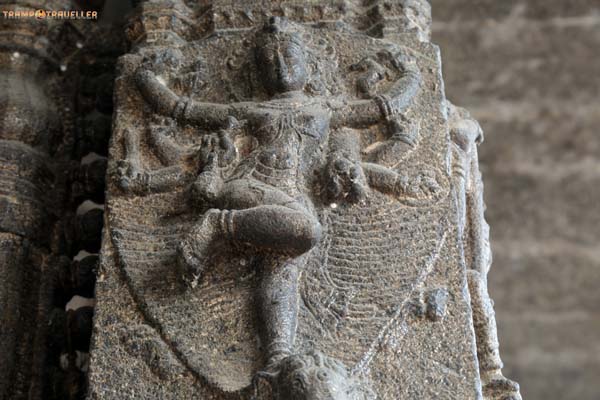
The sacred city of Kanchipuram was the historical capital of the Pallavas and is the oldest city in Tamil Nadu. It is also called the City of Thousand Temples as it had more than 1000 temples in olden days. Now, not more than 200 temples are there. According to the Hindu religious beliefs, Kanchipuram is one of the seven sacred cities to be visited once in a lifetime. Besides, Kanchipuram silk saris are great creations which exhibit to the world the culture and traditions of the Tamil people. The most important of the temples in Kanchipuram are Ekambaranatha Temple and Varadaraja Perumal Temple. Most of the temples in Kanchipuram are dedicated to Shiva and Vishnu. Almost all Vishnu temples are situated to the east of Kanchipuram, so this place is called Vishnu Kanchi. The western side is known as Shiva Kanchi as most of the Shiva temples are situated here. In addition, there are several other famous temples in Kanchipuram.
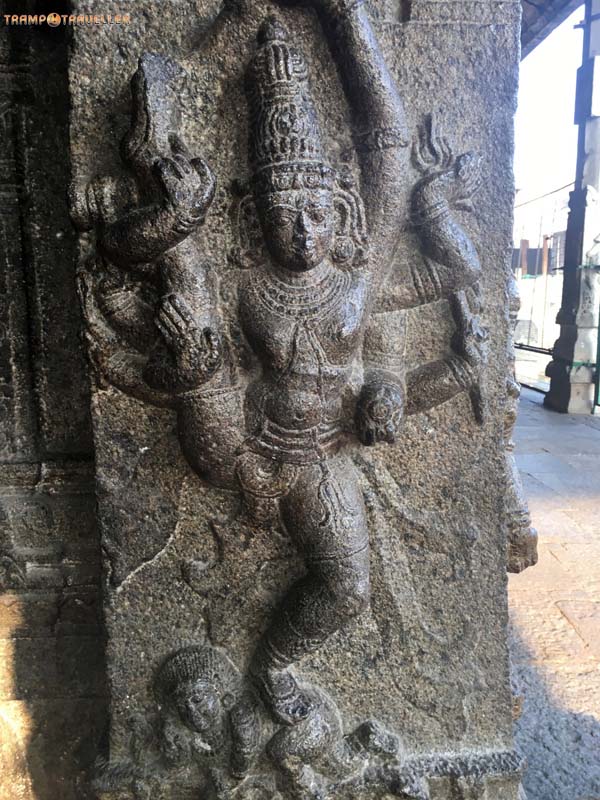
Ekambareswarar Temple is a wonder that covers 14 acres of land. The temple’s entrance tower (Raja gopuram) is one of the tallest in India (59 m). From here start the wonderful sceneries of Kanchipuram. Kasi Theertham, the temple pond, itself is an eye-soothing sight. This is a temple that has been constructed wholly with stone. One has to pass through several doorways in order to reach the sanctum. The aisles of the temple are full of stone pillars enriched with carved arts. On the sides, there are 1008 Shiva lingas sculpted in Krishnasila.
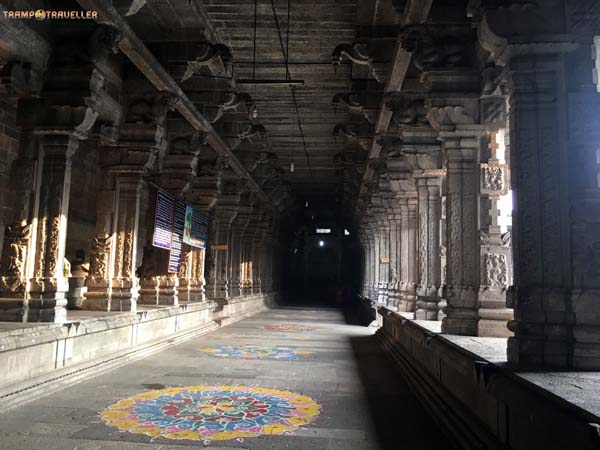
Legend has it that once Shiva cursed his consort, Parvati Devi, to take birth on earth; she undertook rigorous penance for atonement of sin and then, Shiva married her. While doing penance, Devi sat under a mango tree, made a Shiva linga and meditated. Lord Shiva appeared before the Devi and married her there itself. The marriage was conducted under the tree with only Shiva and Parvati present (ekamayi in Malayalam); therefore, this place came to be known as Ekamreshwara; this later came to be called Ekambareswarar. The mango tree under which the marriage took place is still there in the temple. This tree has 4 branches. The mangos in each branch are of different types. This tree is believed to be 3500 years old. Every year, during the months of March-April, sun’s rays hit the Shiva linga in the temple. Whatever the stories are, this temple is the best example of temple architecture and intense devotion. Kamakshi Amman Temple, which was built by the Pallava Kings in the 6th century, is situated near this. Here, the deity is Kamakshi Devi, one of the forms of Parvati Devi.
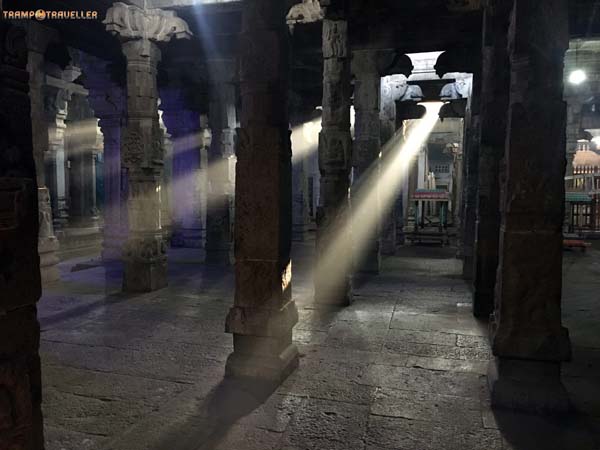
The main attractions of this temple are the beautiful temple pond and the hundred-pillared mandapam around it. On the sides of the sanctum, there are images of Cheru Perumal, Soundarya Lakshmi, and Arupalakshmi. The idol of Soundarya Lakshmi that has been made in marble is an enchanting creation. Because of lack of time, I only had a quick glance of this temple.
From Kamakshi Amman Kovil, I went straight to Varadaraja Perumal Temple. I decided not to spend much time here as Muthuswamy reminded me that what we are going to see is more interesting than this. I felt that all the temples in Kanchipuram are having the same kind of sculptural works with only slight differences. We went to Varadaraja Perumal Temple for seeing one special thing. This 40-feet high temple has 43 steps. Mahavishnu is the temple deity. Chains can be seen hanging on the corners of the heavily embellished hundred-pillared hall. This is the special thing that I mentioned earlier. The speciality is that each chain is sculpted in a single stone, a big salute to the hands that made it. I was wonderstruck by what I saw. Muthuswamy told me that this is not it, there is much more to see. He took me to Kailasnath Temple, the treasure house of sculptures.


